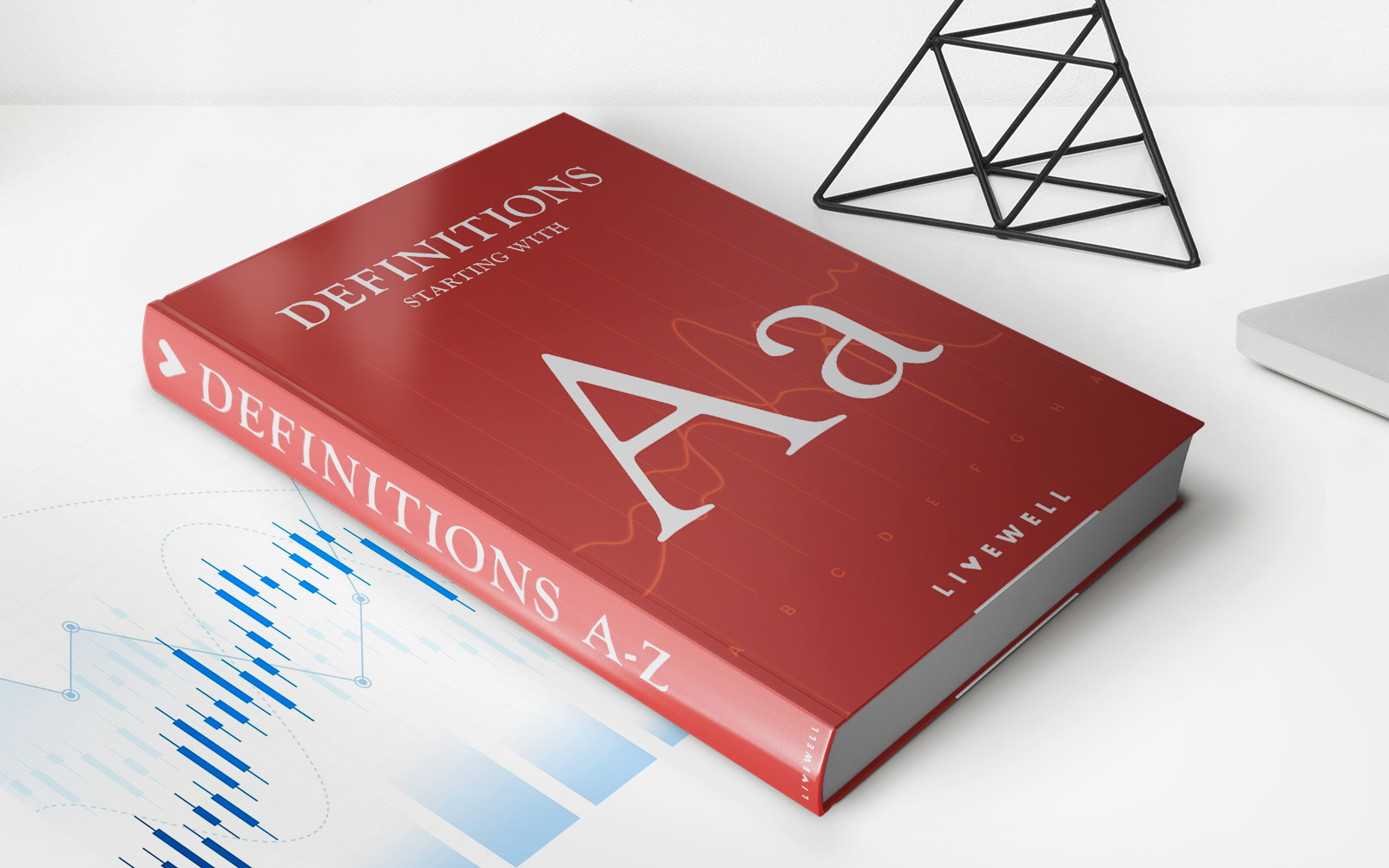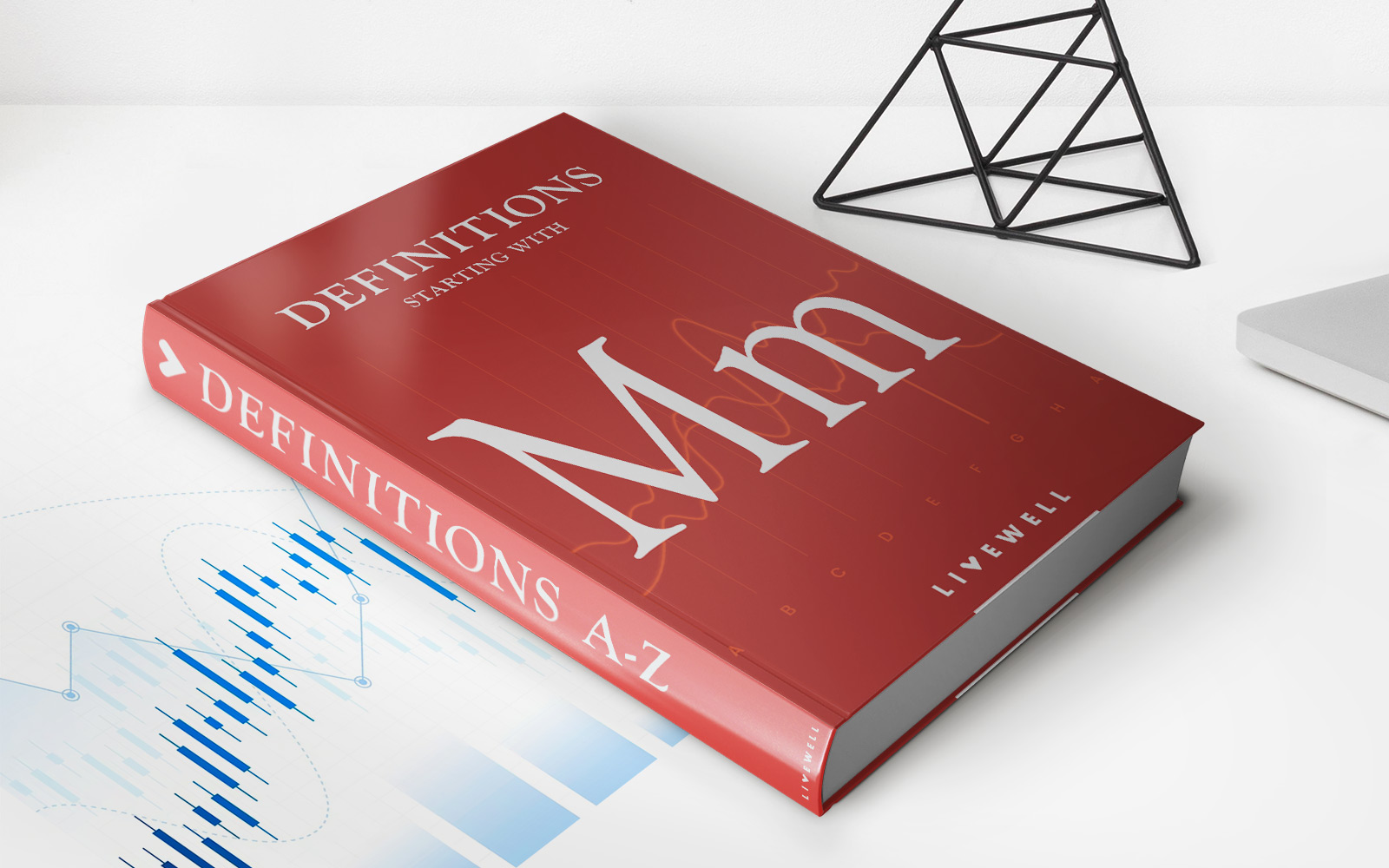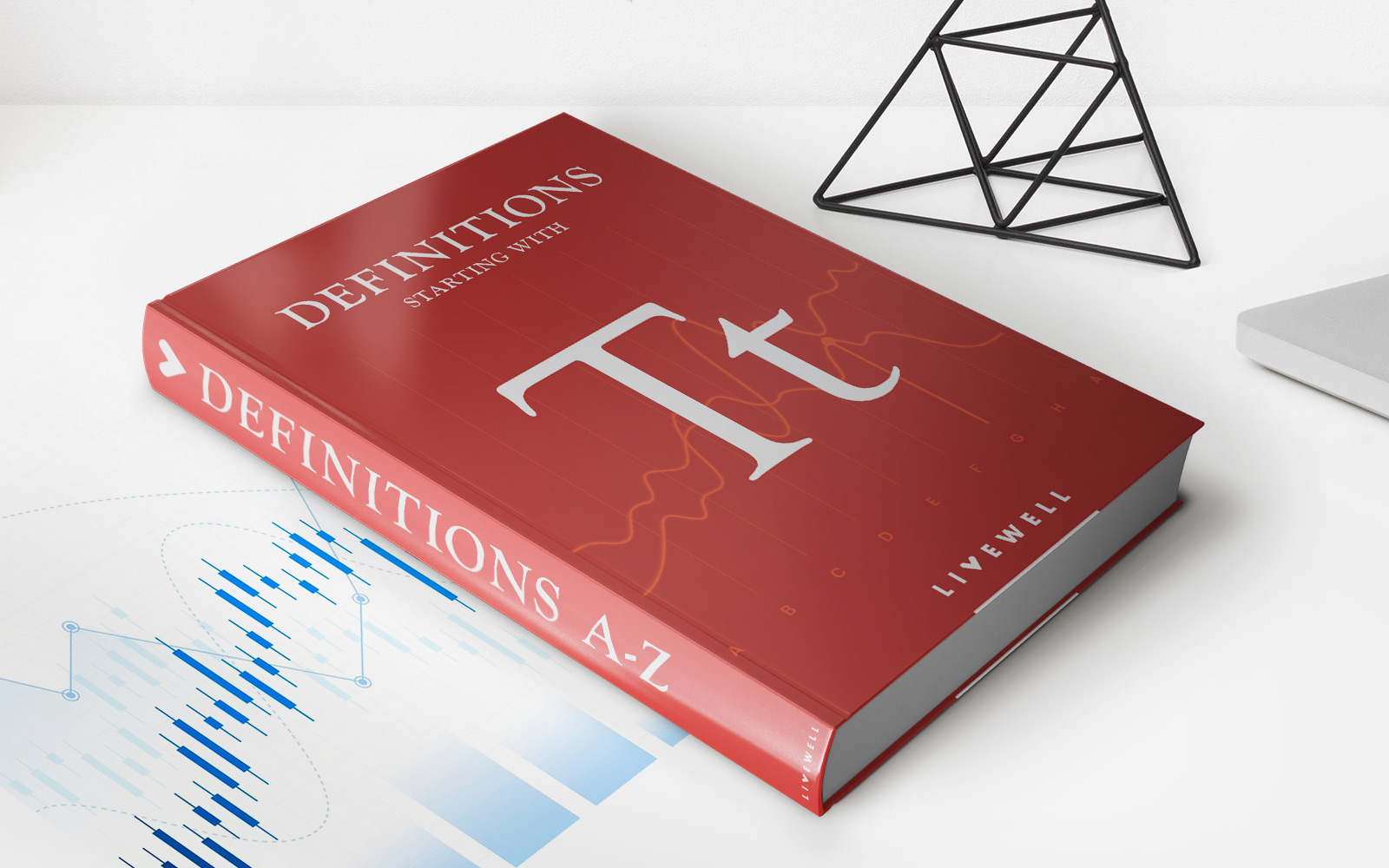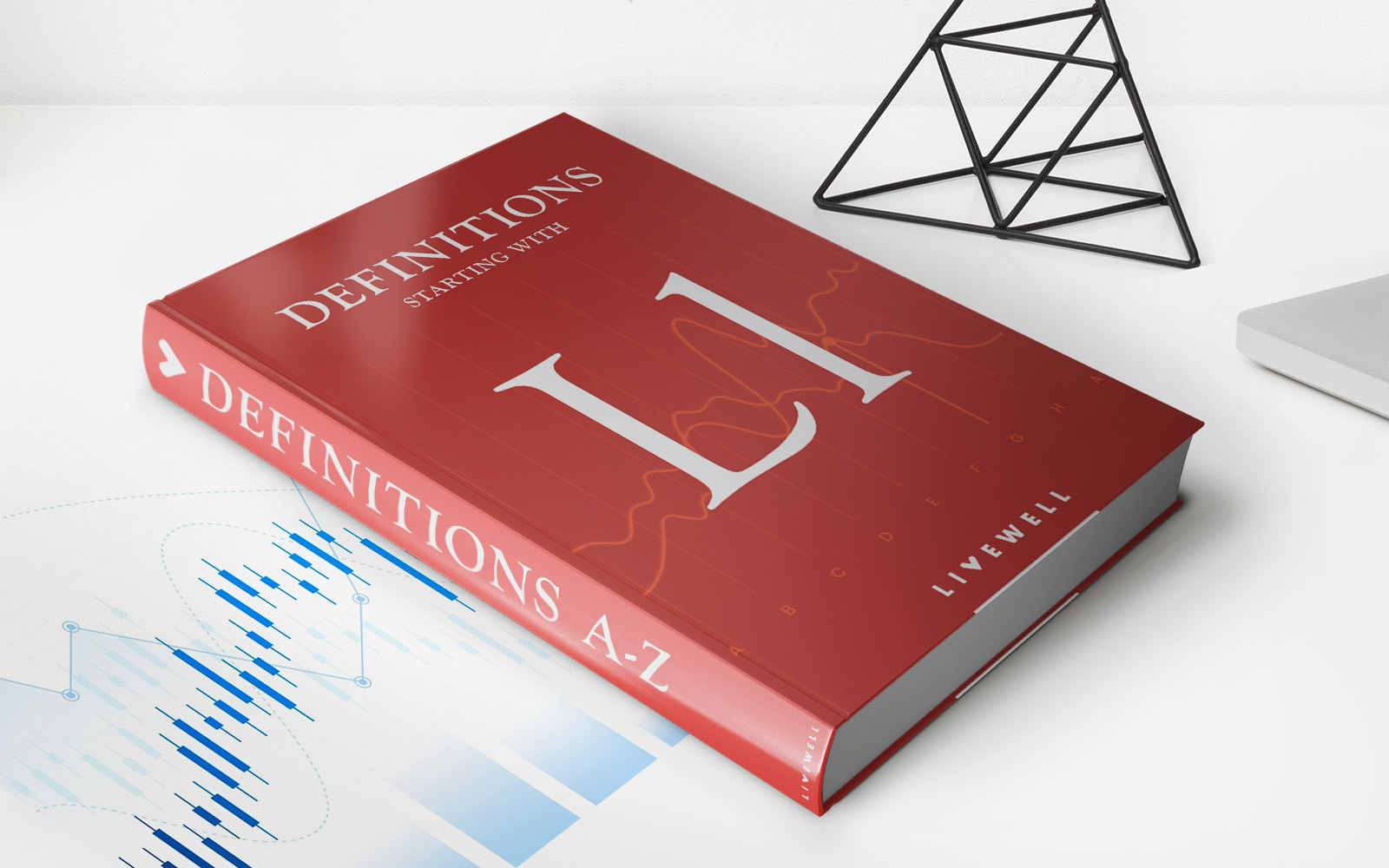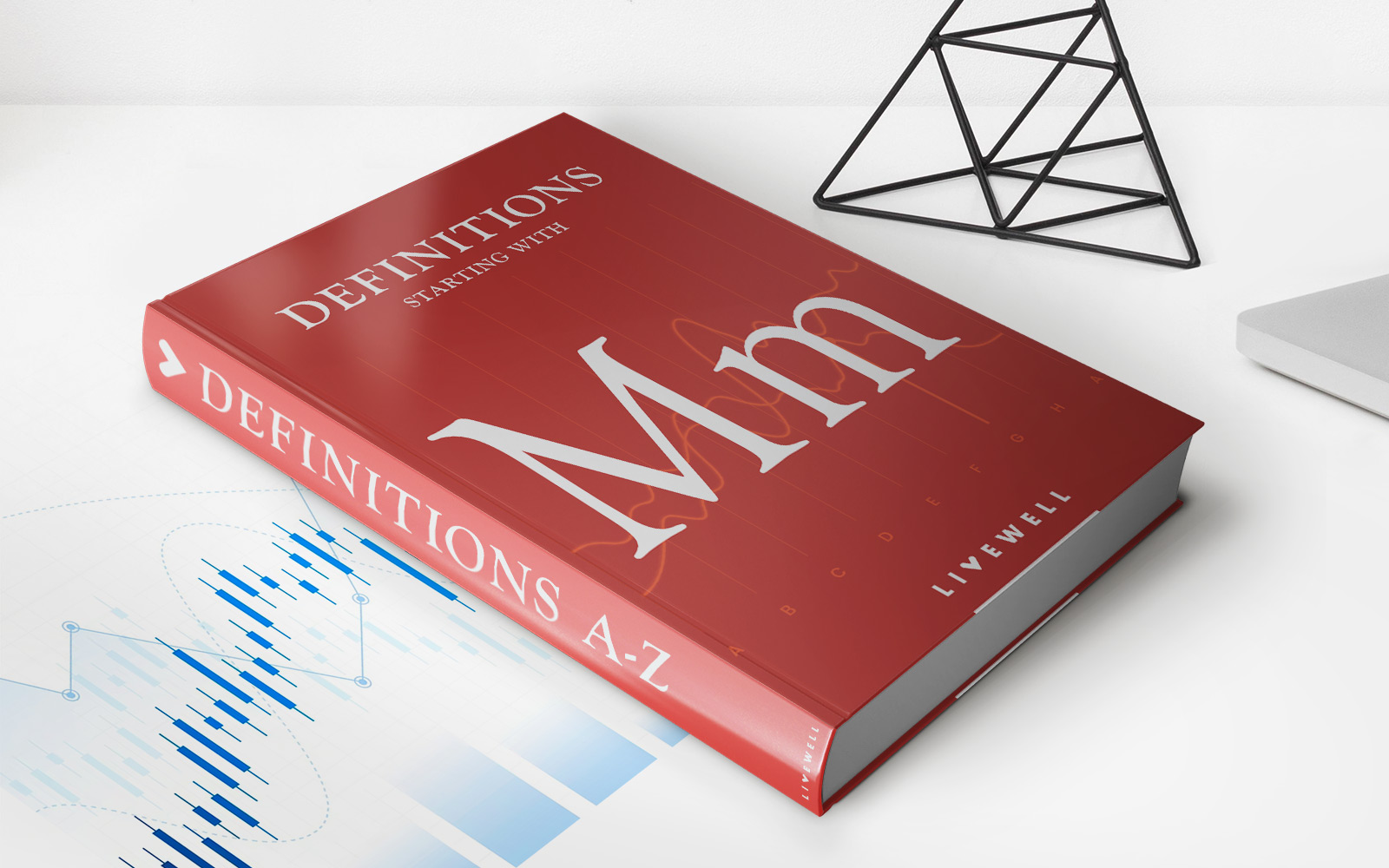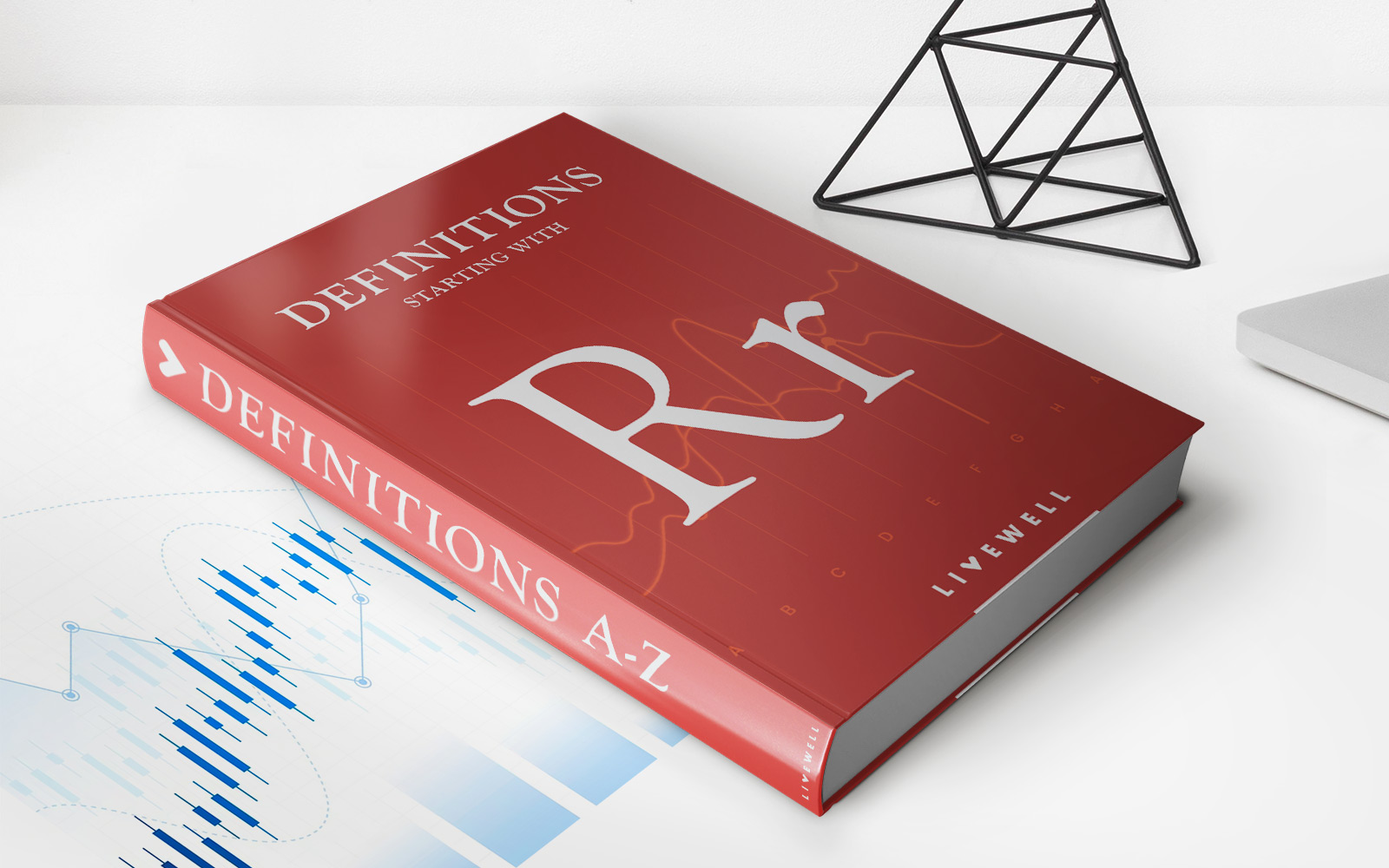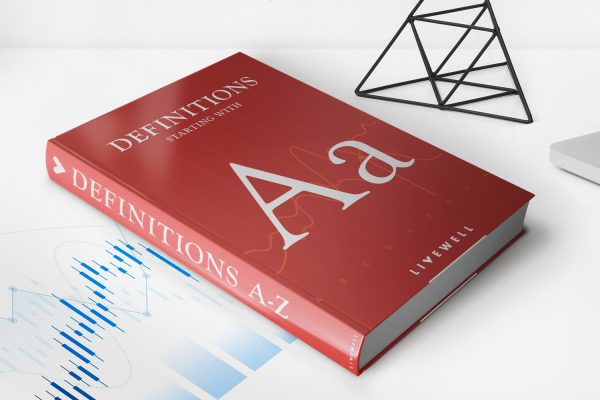Home>Finance>What Is A Euro Medium Term Note (EMTN)? Definition And Example


Finance
What Is A Euro Medium Term Note (EMTN)? Definition And Example
Published: November 19, 2023
Learn about Euro Medium Term Notes (EMTNs) in finance. Definition, example, and how they work in the financial markets.
(Many of the links in this article redirect to a specific reviewed product. Your purchase of these products through affiliate links helps to generate commission for LiveWell, at no extra cost. Learn more)
Welcome to the world of finance!
Today, we dive into the exciting realm of Euro Medium Term Notes (EMTNs). If you’ve ever wondered what they are and how they work, you’ve come to the right place. In this blog post, we’ll explore the meaning and example of EMTNs, shedding light on this fascinating financial instrument. So, let’s get started!
Key Takeaways:
- EMTNs are debt securities issued by corporations, governments, or financial institutions in the international market.
- These notes have maturities ranging from a few months to several years and are typically denominated in major world currencies.
Defining Euro Medium Term Notes (EMTNs)
An EMTN is a debt instrument that allows issuers to raise capital from the international market. It is similar to a bond but offers more flexibility to issuers in terms of structure and currency choice. EMTNs are frequently issued by corporations, governments, and financial institutions to meet their funding needs.
Unlike traditional bonds, which are usually issued in a single currency, EMTNs can be issued in various currencies, including the euro, U.S. dollar, British pound, and many others. This flexibility allows issuers to tap into different markets and attract a wider range of investors.
EMTNs typically have medium to long maturities, with tenures ranging from a few months to several years. The notes are often listed on major stock exchanges, providing liquidity for investors who wish to buy or sell them before maturity. This helps create a robust secondary market for EMTNs.
Example of an EMTN Issuance
Let’s take a look at a fictional example to understand how an EMTN works:
ABC Corporation, a multinational company, wants to raise capital to finance its new expansion project in Europe. To achieve this, ABC decides to issue a Euro Medium Term Note. They hire an investment bank to arrange the issuance.
The investment bank assists ABC Corporation in structuring the EMTN and determining the terms, such as the maturity, interest rate, and any special features. ABC decides to issue a 5-year EMTN with a fixed interest rate of 4% per annum.
The EMTN offering attracts investors from different countries who are interested in earning a fixed return on their investment. The investors purchase the EMTNs directly from ABC Corporation or through their brokers. Once issued, these EMTNs can be traded on the stock exchange.
Throughout the 5-year tenure, ABC Corporation pays interest to the EMTN holders semi-annually. At the end of the 5-year period, ABC repays the principal amount to the investors, thus fulfilling its debt obligation. Investors who hold the EMTNs until maturity earn interest income and get their principal back.
In Summary
Euro Medium Term Notes (EMTNs) are a vital tool for corporations, governments, and financial institutions to raise capital from the international market. With their flexible structure and choice of currencies, EMTNs offer issuers the ability to tap into a diverse pool of investors globally. These debt instruments provide investors with an opportunity to earn fixed returns on their investment over a specific period.
We hope this blog post has provided you with a better understanding of what EMTNs are and how they work. Keep exploring the fascinating world of finance, and until next time, happy investing!
